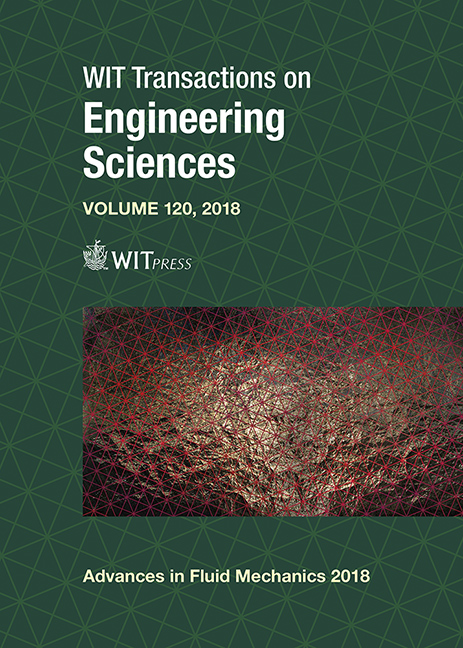INTRODUCING NANOTECHNOLOGY THROUGH UNDERGRADUATE THERMAL-FLUID RESEARCH PROJECTS
Price
Free (open access)
Transaction
Volume
120
Pages
13
Page Range
123 - 135
Published
2018
Size
1,531 kb
Paper DOI
10.2495/AFM180131
Copyright
WIT Press
Author(s)
ROY J. ISSA
Abstract
Nanotechnology research has recently been introduced in the mechanical engineering program at West Texas A&M University through undergraduate thermal-fluid science projects. The projects were offered at the junior and senior level in the program as part of either an independent research course or thermal-fluid design course. The projects have been carefully selected to provide the students with an exposure to nanotechnology concepts through experimental studies. Several of those projects were design-oriented in their focus. This paper addresses four of those projects: 1) design of a closed-loop electronics cooling system using nanofluids; 2) performance evaluation of a radiator-type automobile heat exchanger using a circulating nanofluid; 3) evaluation of the energy absorption by alumina nanoparticles in solar vacuumed tubes; and 4) design of a cost effective filter for water purification in developing countries using clay material impregnated with silver nanoparticles for anti-microbial protection capability. The first two projects investigated the effect of using alumina water-based nanofluid compared to distilled water in enhancing the heat transfer performance of the systems. Parametric studies were conducted to investigate the effect flow operating conditions, nanoparticle size and concentration have on the heat exchanger effectiveness. The third project investigated the effect alumina nanoparticles have on the heat gained by an alumina water-based nanofluid in a solar vacuumed tube. In the fourth project, a clay filter was designed for optimal permeability, porosity, filter thickness, daily flow rate, and silver nanoparticles concentration in the clay. An investigation of the effectiveness of the filter was conducted by analyzing certain parameters such as the water turbidity level and presence of bacteria and in the filtered water.
Keywords
nanoparticles, nanofluid, nanotechnology, heat transfer





